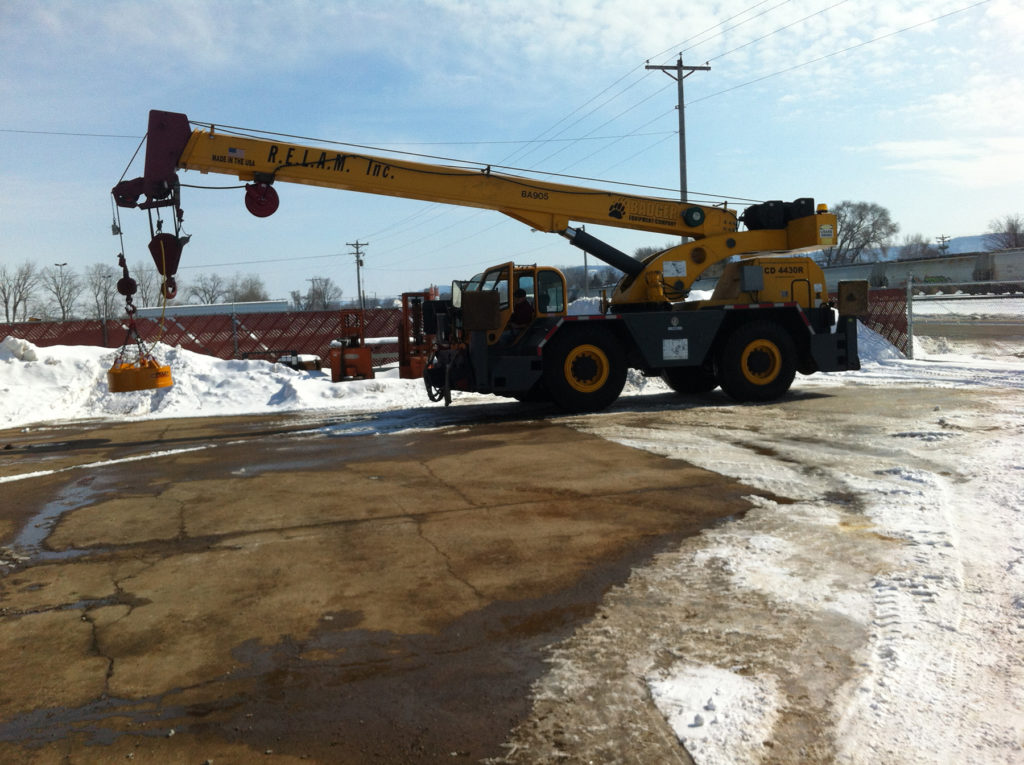
Working in a Cold Environment
Scraping, Recycling, Demolition and Construction in the Cold Elements
Anyone working in a cold environment may be at risk of cold stress. Some workers may be required to work outdoors in cold environments and for extended periods.
What constitutes extreme cold and its effects can vary across different areas of the country. In regions that are not used to winter weather, near freezing temperatures are considered “extreme cold.” A cold environment forces the body to work harder to maintain its temperature. Whenever temperatures drop below normal and wind speed increases, heat can leave your body more rapidly.
Wind chill is the temperature your body feels when air temperature and wind speed are combined. For example, when the air temperature is 40°F, and the wind speed is 35 mph, the effect on the exposed skin is as if the air temperature was 28°F.
Cold stress occurs by driving down the skin temperature and eventually the internal body temperature (core temperature). This may lead to serious health problems, and may cause tissue damage, and possibly death.
OSHA reminds employers and workers to take necessary precautions to prevent and treat cold-related health problems. Prolonged exposure to freezing or cold temperatures may cause serious health problems such as trench foot, frostbite and hypothermia. In extreme cases, including cold water immersion, exposure can lead to death.
Read entire article: http://www.equipmentworld.com/construction-workers-across-u-s-push-through-blast-of-bering-bomb-cold-snap/

